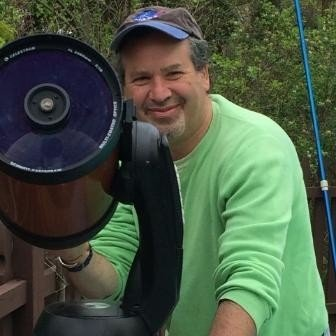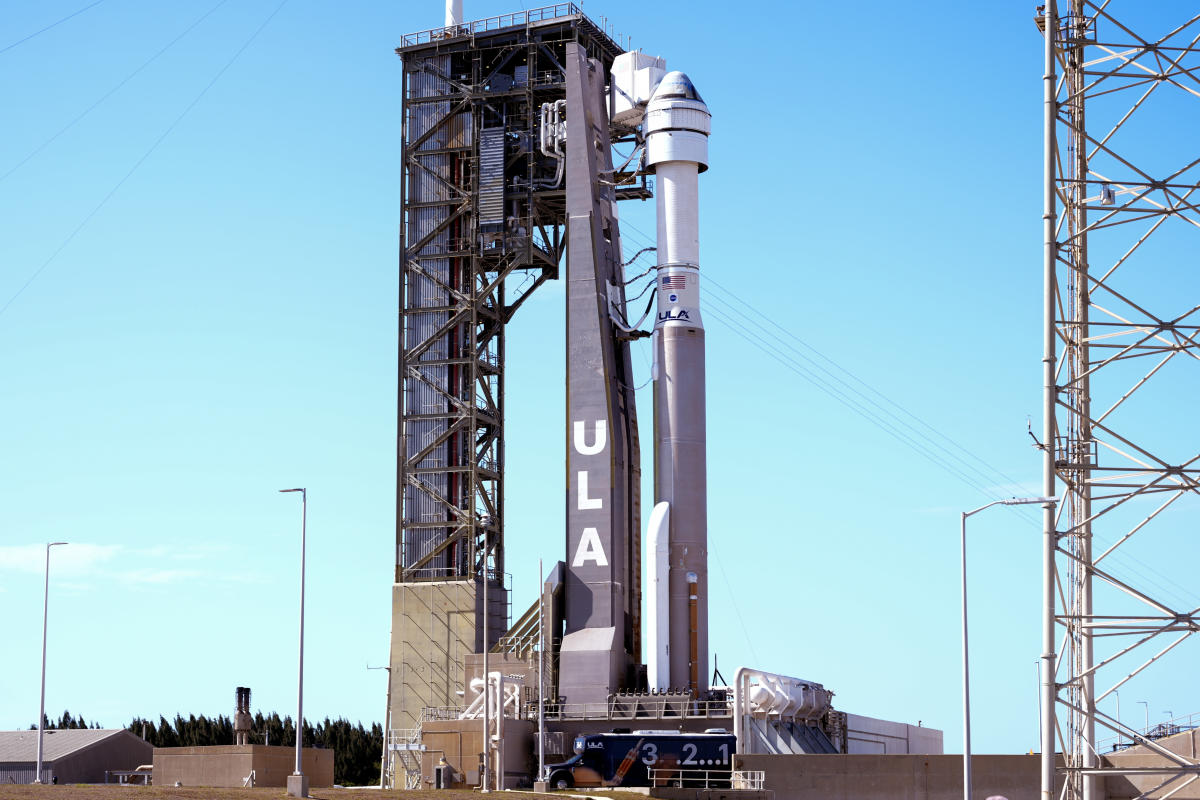The first total eclipse to be seen from New York in nearly a century is around the corner, and local astronomers are over the moon for the phenomenon with activities and discussion centered around the annual event.
The sun and the moon will finally visibly cross paths in New York for the first time in 99 years starting at around 2 p.m. on April 8. A full total eclipse will be seen in upstate and western New York, in cities like Buffalo, Rochester, Plattsburgh and Syracuse. Full totality will be expected by around 3:15 p.m.
However, Lower Hudson Valley residents will only be able to see a partial solar eclipse., about 92 to 93%. Local astronomers and Westchester natives Raj Pandya and Charles Fulco are making plans to celebrate this momentous occasion for the state.
How rare is a partial solar eclipse?
Pandya, a Mount Kisco-born astronomer, lecturer and director of the John R. Kirk Planetarium at SUNY New Paltz is hosting several lectures about the science behind a solar eclipse leading up to April 8. He says eclipses are a great way for the public to come together and get exposed to astronomy.
Pandya is scheduled to present about the eclipse at the Albert Wisner Public Library in Warwick on Saturday.
“I’ve hosted several of these viewing events over the years, but this will be the really big one,” he said.
The last time a significant eclipse event happened in New York was on Aug. 21, 2017. Pandya hosted a viewing event at SUNY New Paltz, similar to the one he will be hosting on campus April 8.
“It was cool for me because I was just blown away by how much interest there is,” Pandya said. “It was in the middle of the summer so I set up the event with a couple solar telescopes and I had some students help me. I expected maybe 100, 200 people and it was close to 1,000, 1,200 people showed up.”
Eclipses happen when the path of the sun, the moon and the Earth align. Pandya says a total solar eclipse is pretty rare for any particular area in the world to see because of how small the shadow of the moon is compared to the Earth.
“It’s very rare that the three would actually be in that alignment because usually the moon is not in the perfect spot to create this eclipse,” he said. “There’s always a new moon once a month. So you might think every month we get an eclipse but that’s not true because the Moon is at slightly tilted orbit to that of the Earth. So when an alignment does happen, it’s a big deal.”

Chasing the eclipse at the perfect moment
Charles Fulco, a Port Chester native, and self-proclaimed “eclipse chaser,” said the easiest way to calculate when a total eclipse is in your area is with the Saros Cycle. Discovered by Babylonian astronomers, an eclipse cycle follows a moon cycle pattern of exactly 18 years, 11 days and 8 hours.
“Every 18 years, 11 days and 8 hours, an eclipse will repeat itself almost exactly in the same form, the same duration and the same shape of the path,” Fulco said. “But the problem is in 8 hours, the Earth has turned a third of the way around its orbit so the same location will not see the same eclipse. It will be a third of the way around the earth. Otherwise, it looks almost exactly the same.”
Multiply that pattern of 18 years and change by three and you get a solar eclipse cycle of approximately 6,585.3 days. The extra eight hours makes up the difference in location during each eclipse. Fulco says that’s why a solar eclipse only comes around to the same location once every 54 years.
Pandya and Fulco say this is the last time many New Yorkers will see an eclipse in this lifetime. The next one will happen in 2079.
Since seeing his first total eclipse, Fulco has dedicated his life to chasing eclipses and teaching children and teens about them. He created the program “No Child Left Inside,” which partners with schools across the country to provide solar eclipse viewing tools and advocate for schools allowing kids to go outside to see eclipses during school hours.
He said he’s been interested in solar eclipses since he was around nine years old, but he missed his first ever eclipse by staying inside.
“All the adults said ‘don’t go outside.’ All the celebrities back then made public service announcements telling you to stay inside and watch it on TV, so I stupidly did,” he said. “I kept looking out the window and everyone said ‘don’t look out the window!’ They think these magic eclipse rays bounce off houses and come into your eyes and burn your retinas.
“I swore I’d never stay inside for an eclipse again.”
After several failed attempts, he finally made it to his first eclipse in Mazatlan, Mexico in 1991 with his mother and sister. Since then, they have seen four eclipses together. April 8 will be their fifth.
Teaching about the eclipse
Fulco is also a Solar System Ambassador with the NASA-Jet Propulsion Lab. The program allows him to travel the state with his telescope and teach people about the planets in parks and other public spaces.
“It’s what a lot of people would call sidewalk astronomy,” he said. “I can show up at Playland, for instance, on a July evening when there’s a full moon or half moon and bring my scope with me to take an informal survey about who’s ever seen the Moon, or Jupiter, or Saturn through a scope, and most people haven’t.”
Pandya and Fulco will both be holding lectures and organizing eclipse watching groups for April’s upcoming phenomenon. Fulco will be headed to Rochester and Pandya said he will stay in the Hudson Valley.
Both say protective eyewear is extremely important to view a total eclipse. Anyone can get solar eclipse viewing glasses online, but Pandya says it needs to be a specific type of glasses: ISO certified 12312-2, to be exact. You can find these glasses in bulk on Amazon or on Fulco’s page.
“So many people in the country are going to be able to see this,” Pandya said. “I think it’s one of the nice things that we have in our society that’s just something that brings you together. It doesn’t matter what your background is.”
Pandya is also lecturing on March 28 at the Highland Public Library and on April 3 at Kinderhook Memorial Library.
Fulco will be speaking at Boston radio station WGBH’s Zoom webinar about astronomy and eclipse education in schools on Thursday, Feb. 29 at 7 p.m.
This article originally appeared on Rockland/Westchester Journal News: Eclipse chasers ready for rare solar eclipse event in April
Signup bonus from




